Travels
Central Asia: Former Soviet Republics
Central Asia is the territory of five former Soviet republics, now independent states: Kazakhstan, Kyrgyzstan, Uzbekistan, Tajikistan and Turkmenistan. It is a distant and fascinating region, a clash of the post-Soviet climate with fairytale orient.
MoreTo this day, it is an area less known and relatively less visited by tourists, mainly due to complex visa requirements and just developing tourist infrastructure. However, it is also very charming and appreciated by active lovers of nature, mountains, trekking, oriental culture, looking for places away from large urban agglomerations and crowds of tourists.
Unpolluted nature and legacy of the Silk Road
Central Asia is a land full of wild rivers, lakes, endless steppes, deserts and pastures as well as numerous mountain ranges, glaciers and picturesque valleys.
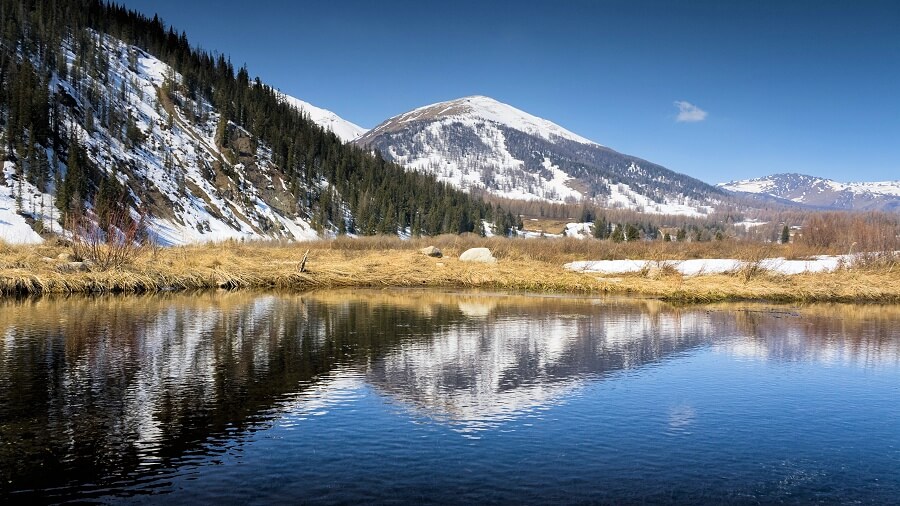 Altay, Kazakhstan / Dmitry A. Mottl / CC BY-SA 3.0 / Wikimedia Commons
Altay, Kazakhstan / Dmitry A. Mottl / CC BY-SA 3.0 / Wikimedia CommonsIt is also the former Mongolian Empire of Tamerlan and the place through which the legendary Silk Road ran – a trade route connecting China and the Far East with the Middle East and Europe. Until today, there are preserved cities rich in ancient architecture and art, which are the great cultural wealth of this region.
In Uzbekistan, the Samarkand (one of the oldest inhabited cities in the world), Bukhara and Khiva deserve special attention. They are the main historical centers of the country, full of the greatest works of Islamic culture, fabulous monuments, impressive madrassas, minarets, huge mosques and mausoleums.
When visiting Kazakhstan, we can go back to prehistoric times by looking at the rock drawings – petroglyphs in the archaeological landscape of Tamgaly, but also the extraordinary objects of Islamic architecture from the 14th century, such as the unfinished mausoleum of Khoja Ahmed Yasawiz – inscribed in the UNESCO World Heritage List.
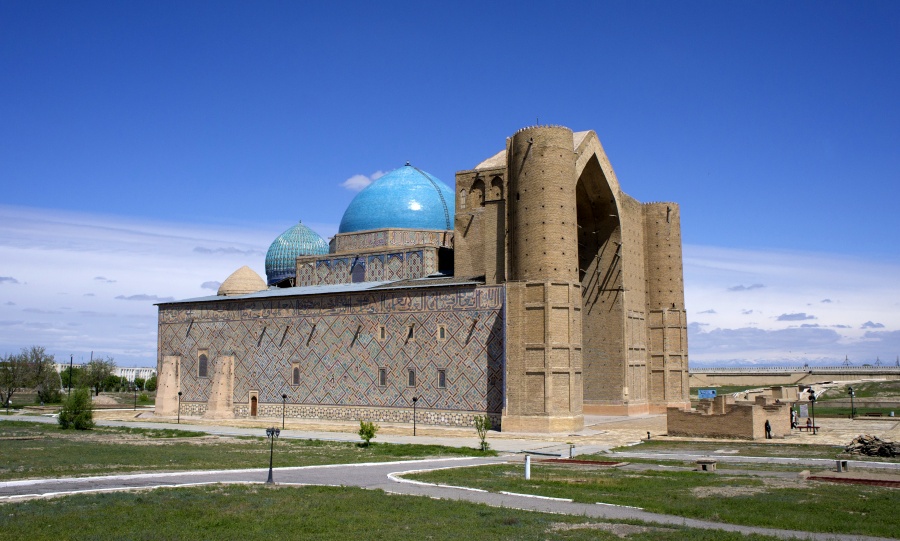 Khoja Ahmed Yasawiz Mausoleum / Petar Milošević / CC BY-SA 3.0 / Wikimedia Commons
Khoja Ahmed Yasawiz Mausoleum / Petar Milošević / CC BY-SA 3.0 / Wikimedia CommonsThe ruins of ancient cities and fortresses are also preserved in today’s Turkmenistan. Worth mentioning are the remains of the former capital of the Party Empire in Nisa, the ruins of ancient capital Khwarazm in Kunya-Urgench, and the ancient settlement of Merv, one of the best preserved cities-oases on the Silk Road.
Bazaars in Uzbekistan
Bazaars, markets, tea houses (so-called tearooms), maze of streets and atmospheric alleys take you into the world of merchants from the Silk Road. There you can get to know the culture of Central Asia and feel the oriental climate, try traditional dishes: grilled lamb’s shashlik, samsa, obi non (freshly baked bread) and observe the bustling stalls.
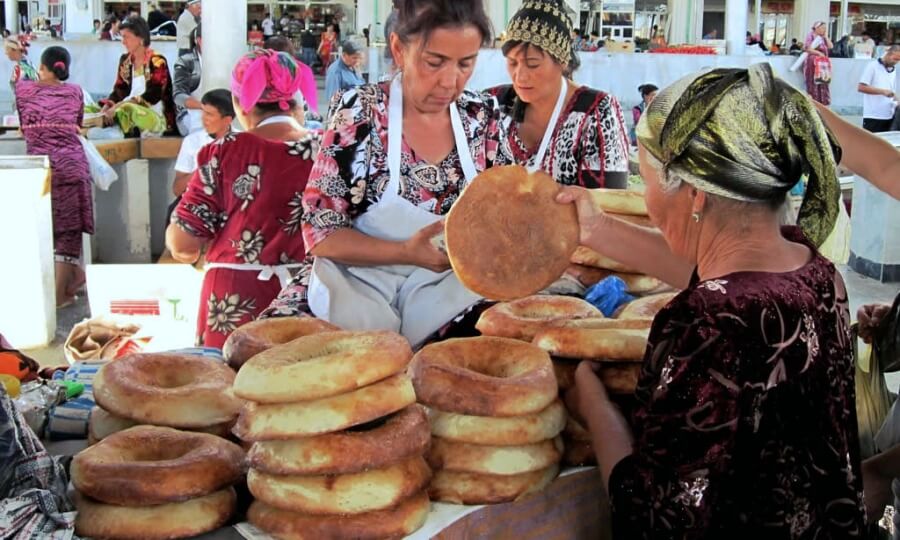 Uzbek bazaar / David Stanley / CC BY 2.0 / Flickr
Uzbek bazaar / David Stanley / CC BY 2.0 / FlickrSalesmen offer fresh bread, vegetables, exotic fruits, aromatic spices, nuts and sweets. In addition to delicacies, the bazaar provides a huge collection of various types of handicrafts – hand-painted porcelain, ceramics and wood products (bowls, shelves, furniture). Traditionally dressed local women, with a smile full of golden teeth, praise the goods and encourage to buy silk robes, scarves, hand-woven materials and carpets.
Mountain areas of Tajikistan and Kyrgyzstan
Central Asia is a region of huge spaces, magnificent mountain landscapes, where nature has no borders. Tajikistan and Kyrgyzstan are located in high mountains, where you can relax far away from the crowds of tourists and enjoy the beauty of nature in peace and quiet.
Thanks to its beautiful nature, the Kyrgyzstan is sometimes called the Asian Switzerland. It is located between two mountain ranges, the Pamir Mountains in the south, and the Tian Shan Mountains in the northeast, with many six and seven thousand peaks and numerous trekking trails in the lower parts of the mountains. The most beautiful trails lead through mountain passes, picturesque gorges with steep slopes overgrown with huge firs and spruces. The Tian Shan is also a dozens of valleys full of green pastures, through which blue glacier rivers flow. The pride of Kyrgyzstan is the lake Issyk-Kul (occupying about 2 317 mi²), around which there is a very picturesque view of mountain peaks covered with snow.
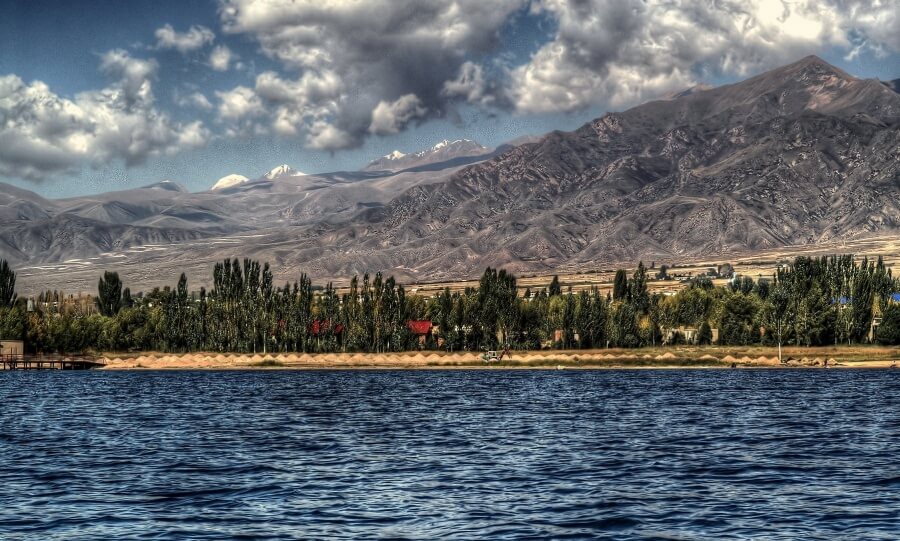 Issyk-Kul Lake / Thomas Depenbusch / CC BY 2.0 / Flickr
Issyk-Kul Lake / Thomas Depenbusch / CC BY 2.0 / FlickrThe Tajikistan, like Kyrgyzstan, is also a typical mountain country. Still a bit wild, but multicolored, not only because of the variety of landscapes, but also the untouched nature that encourages trekking. There are five impressive mountain ranges on its territory: Pamir, Karakoram, Himalayas, Hindu Kush and Tian Shan. Climbers are attracted by the highest hills of Pamir: the Ismail Samani Peak (24590 ft) and the Lenin Peak (23406 ft) as well as higher regions cut by glacial crevices, extensive snow fields and sharp granite hills with heights exceeding 18045 ft (Chimtarga, Energia & Zamok). Below it is dominated by picturesque green valleys, winding canyons with crystal clear water and emerald lakes, of which there are about 1450 in Tajikistan. Some of them are located at an altitude of over 13123 ft above sea level. The largest and most impressive lake is Sarez, located in Pamir at an altitude of 10705 ft above sea level, its depth reaches as much as 1657 ft.
...and everyday life
Despite its natural charm, both Tajikistan and Kyrgyzstan are difficult countries in terms of living conditions. Throughout the region, some of the younger generation tries to look for work in larger cities to help their families. Many towns (actually villages) are located at considerable altitudes. The vast majority of the population have their own cattle and farms, which satisfy their basic needs. Many families still lead a nomadic lifestyle, moving seasonally during the summer to the higher parts of the mountains to graze cows, goats, sheep and horses. The latter are often the main means of transport. One rides on stallions, while mares are used to breed and produce milk, from which the kumys (fermented mares’ milk with a few percent alcohol content), a traditional beverage of the peoples of Central Asia, is produced.
 Dmitry Karyshev / CC BY 2.0 / Flickr
Dmitry Karyshev / CC BY 2.0 / FlickrShepherds live on what they are able to do with their own hands – they eat the meat of their sheep and goats, and consume milk and everything that can be made from it. They also make felt for yurts and warm clothes. With the sold horses and sheep they buy what they cannot do with their own hands. They live in characteristic yurts, which serve as a temporary home. The yurt is built on a circle field and can be built within an hour, usually lined with carpets and felt. Inside it is usually clean and cozy. Residents are very friendly and willing to invite you for tea or a glass of kumys.
Vast areas of Kazakhstan
The Kazakhstan is another country in Central Asia whose inhabitants have long maintained a nomadic lifestyle. However, thanks to constantly explored oil and gas deposits, the society is doing better and larger urban centers are developing. The symbol of this country is its new capital Astana – a city in the middle of a large steppes, built almost from scratch on a grand scale. On the one hand, a symbol of wealth, and on the other hand, a typical post-Soviet city with characteristic architecture, blocks of flats and skyscrapers.
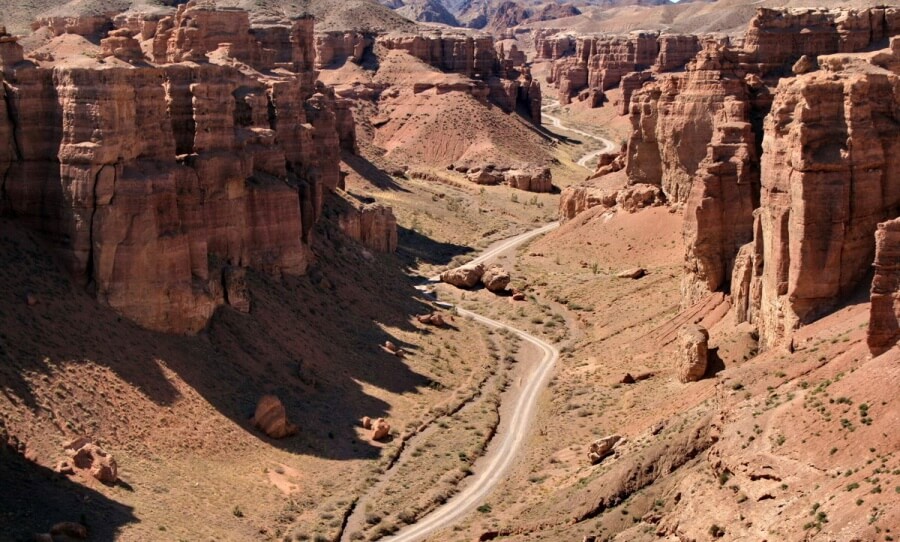 Sharyn Canyon / Jonas Satkauskas / CC BY-SA 3.0 / Wikimedia Commons
Sharyn Canyon / Jonas Satkauskas / CC BY-SA 3.0 / Wikimedia CommonsHowever, Kazakhstan is above all a huge and unimaginable space, great peace and quiet on endless desert and grassy steppes stretching hundreds of kilometers. It is worth seeing Saryarka – steppes and lakes of northern Kazakhstan, which are on the UNESCO World Heritage List. The country is also a region of beautiful Alatau mountains, the foothills of the Tian Shan mountains, where peaks reach 16404 ft above sea level, but the most spectacular landscapes can be seen walking along the paths of the Sharyn Canyon, which slightly resembles the Grand Canyon of Colorado and stretches for about 93 mi. The rock formations carved by the wind and water create unforgettable views.
Mysterious Turkmenistan
Just as in Kyrgyzstan or Tajikistan, the mountains dominate, in Kazakhstan there are steppes. The Turkmenistan is a land vanishing in the sands of the Kara-Kum desert, and inhabited areas are less than 20% of the country. Contemporary cities and, above all, the capital Ashgabat with its monumental buildings, golden domes, illuminated fountains, gilded statues of the universally adored president and buildings made of white marble, contrast with the stretching empty wilderness.
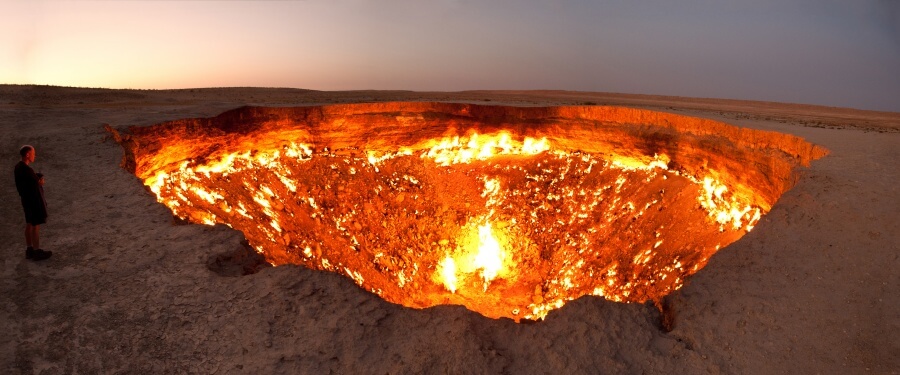 "Door to Hell" crater / Tormod Sandtorv / CC BY-SA 2.0 / Wikimedia Commons
"Door to Hell" crater / Tormod Sandtorv / CC BY-SA 2.0 / Wikimedia CommonsThe greatest attractions offered by one of the most inaccessible for mass tourism of the country are the desert landscapes reaching to the horizon, the traditional culture, which has not been destroyed by the years of Sovietization, and the burning crater called “Door to Hell”. This Darvaza landslide near the village (230 ft in diameter and 66 ft deep) looks particularly fascinating at night, already from a distance you can see flames shooting from the inside of earth and glowing red among the dark sands of the desert. This crater was created in the 1970s as a result of a mistake of Soviet scientists looking for oil and gas deposits in this area. In order to prevent gas from entering the atmosphere, it was decided to light the gas. It was assumed that it would burn out after a few days, but it still burns today.
Written by: Tim Smith Tags: Asia, Kazakhstan, Kyrgyzstan, Tajikistan, Turkmenistan, Uzbekistan


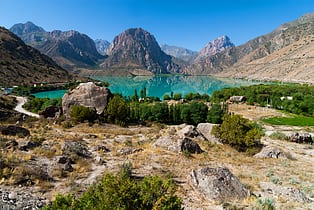


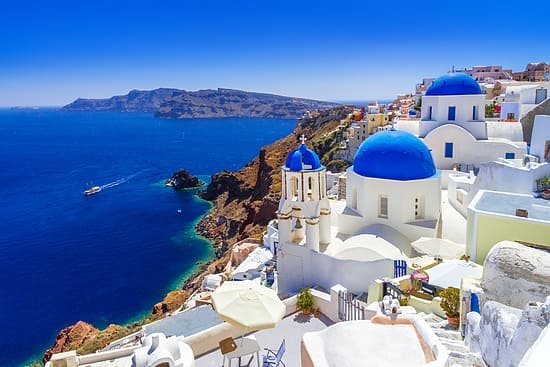




Comments